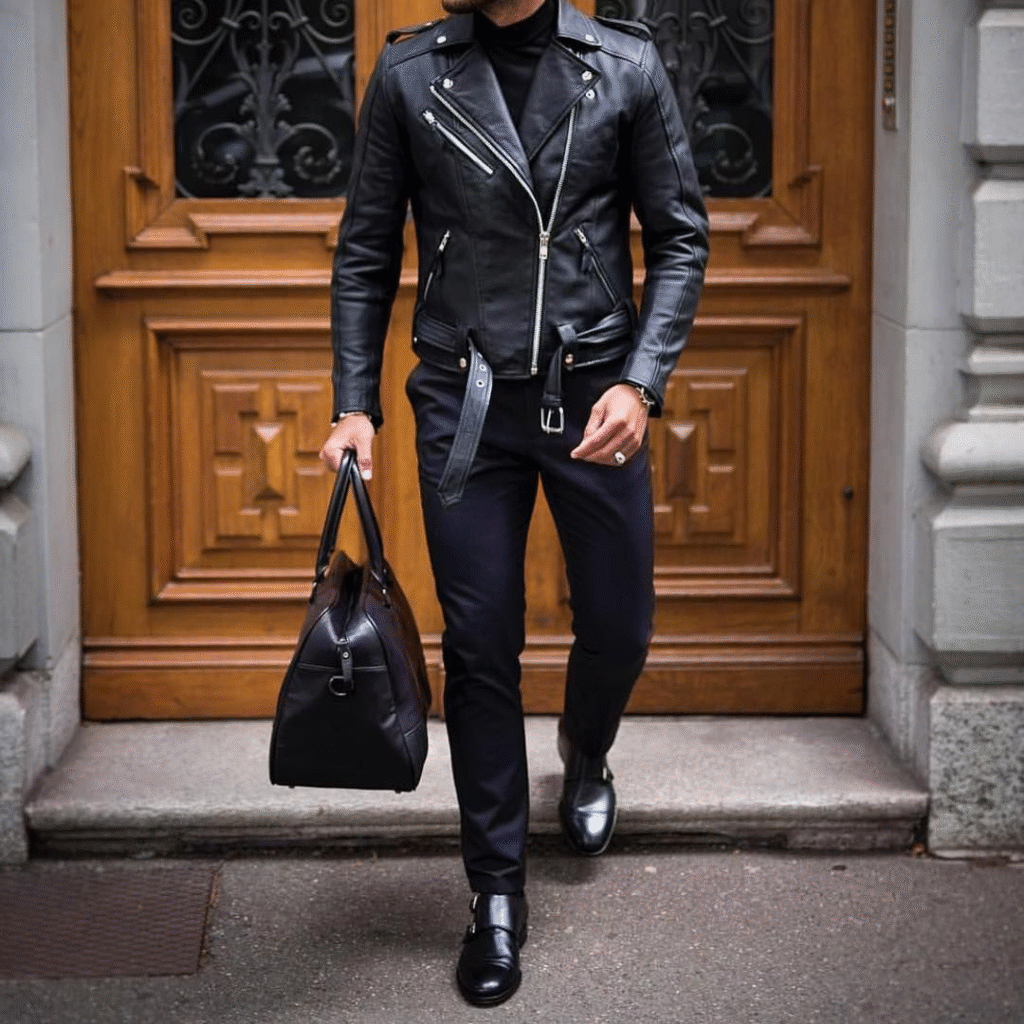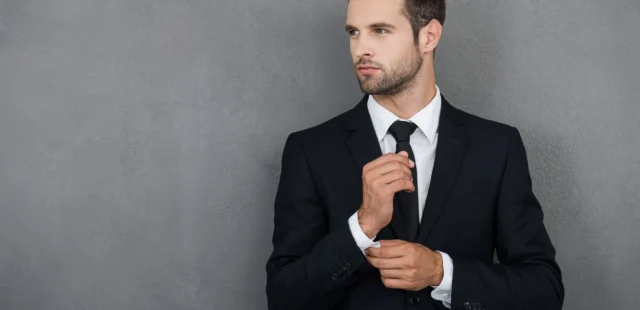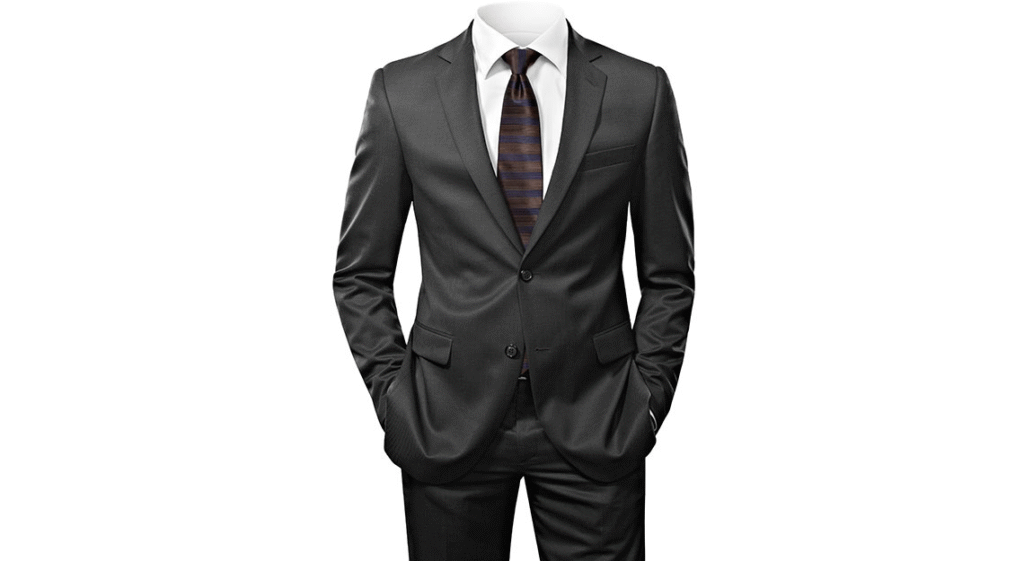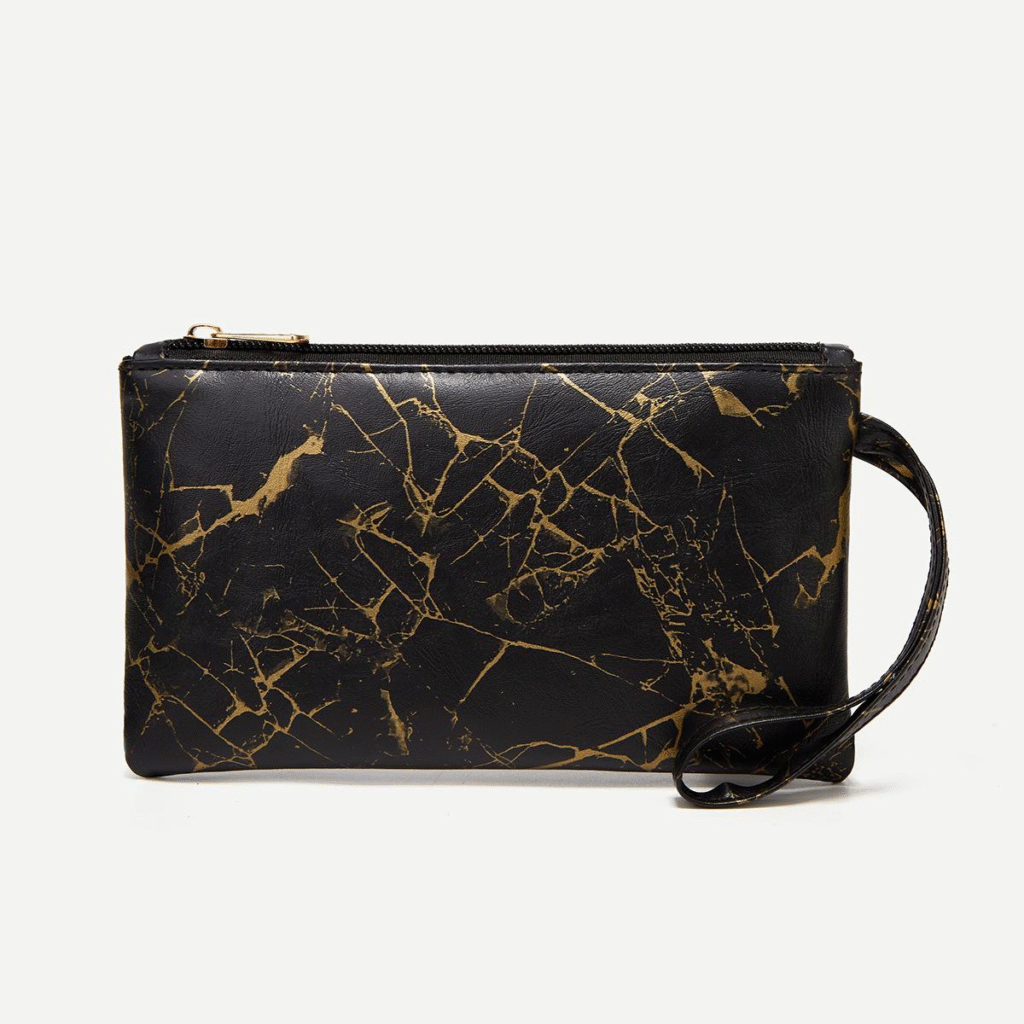
Fashion has always been a reflection of cultural identity — a visual language that expresses how individuals see themselves and how they want to be seen. Over the past decade, the boundaries between casual wear and high-end luxury fashion have shifted dramatically. The result is a powerful new aesthetic: Luxury Streetwear, a style that merges relaxed silhouettes, everyday comfort, and refined craftsmanship into a single cohesive expression of modern identity.
Once defined by exclusivity and formal elegance, luxury fashion now embraces an attitude rooted in street culture — authenticity, self-expression, and the power of personal style. At the same time, streetwear has evolved from subculture to global influence, infusing sophistication, minimalism, and artisanal quality into garments that were once considered informal.
This fusion marks the beginning of a new fashion era, where individuality matters more than conformity, where comfort does not exclude refinement, and where elegance can be expressed with ease.
1. The Cultural Evolution of Streetwear into Luxury
Streetwear began far from the runways — emerging from skate culture, hip-hop, and urban expression. It represented youth, rebellion, and community identity. What made streetwear powerful was its authenticity. It belonged to the streets, not institutions.
Meanwhile, luxury fashion historically represented heritage, formality, and meticulous craftsmanship. Luxury houses focused on structured silhouettes, eveningwear, premium textiles, and classic tailoring.
The merging of the two worlds happened gradually:
- The rise of global music icons who combined high fashion with street style.
- The shift in cultural values toward individuality and self-defined aesthetics.
- The influence of social media, where visual storytelling became personal and immediate.
- A growing demand for clothing that supports daily life, mobility, and comfort.
Luxury brands began to reimagine what elegance could look like: relaxed, powerful, intimate, and lived-in.
Streetwear, in return, began to embrace refined fabrics, architectural silhouettes, and artisan finishing — evolving from casual to considered.
This exchange created a new fashion language where cultural depth and material excellence meet.
2. High-End Casual Wear: The Core of Luxury Streetwear
At the heart of luxury streetwear is the idea that clothing should empower rather than restrict. The wearer should feel at ease — physically and emotionally — while maintaining a distinctive, intentional sense of style.
Key Characteristics
- Relaxed silhouettes that prioritize movement and natural posture.
- Premium materials such as silk blends, heavyweight cotton, structured knits, and technical fabrics.
- Minimalist or symbolic detailing rather than ornamental decoration.
- Versatility — garments that move seamlessly from daytime to evening settings.
- Timelessness in shape and design, resisting disposable trend cycles.
Luxury streetwear is not about dressing down; it is about dressing with purpose while maintaining authenticity and presence.
3. Comfort and Elegance: A New Standard of Everyday Luxury
Modern fashion consumers no longer judge luxury solely by formality. Instead, the focus has shifted toward tactile experience, ease, and longevity.
This transformation reflects broader cultural changes:
- Increased mobility and flexible work environments.
- A collective shift toward wellness and personal balance.
- Growing appreciation for understated sophistication.
- Desire for clothing that feels personal, not performative.
Elegance, in this context, is defined not by complexity but by clarity:
- Clean lines.
- Intentional layering.
- Harmonized color palettes.
- Cohesive textures.
Luxury streetwear allows the wearer to express strength through understatement — confidence without excess.
4. Influence of Celebrities and Cultural Icons
Public figures have played a significant role in shaping the new luxury streetwear landscape. Musicians, actors, and athletes have embraced the mix of casual and refined, wearing tailored coats with relaxed trousers, sculptural hoodies with fine jewelry, minimalist monochrome fits, and statement footwear paired with soft silhouettes.
Celebrities introduced a new type of luxury identity:
- Unpolished but elevated
- Unforced but intentional
- Authentic rather than aspirational
This shift resonated because it felt human. It reflected creativity rather than conformity.
Social media amplified this evolution, allowing individuals to define their own style narrative rather than following rigid trend hierarchies.
Luxury streetwear is now a form of cultural storytelling — a way of expressing one’s relationship to self, music, art, and environment.
5. Seasonal Styling: Adapting Luxury Streetwear Across the Year
Luxury streetwear is inherently adaptable. It transforms across seasons without losing its core identity.
Spring and Summer
The emphasis is on breathability and fluidity.
- Lightweight canvas, linen blends, and soft cotton.
- Neutral or washed color palettes.
- Minimal layering, focusing on form and proportion.
- Relaxed tailoring that retains silhouette structure.
Autumn and Winter
Textures deepen and layers play a more pronounced role.
- Heavyweight knits and cashmere-infused fabrics.
- Structured overcoats combined with relaxed base layers.
- Monochrome or deep tonal palettes (charcoal, umber, forest green).
- Accessories that add dimension through material contrast.
The key to seasonal styling is to maintain coherence of identity rather than changing style per season. The wardrobe evolves like a narrative, cohesive in tone and philosophy.
6. How Heidrova Luxury Fits into Modern Street Chic
Heidrova Luxury represents the intersection of minimal elegance and contemporary street-inspired comfort. The brand focuses on refined silhouettes, timeless color palettes, and high-quality materials — all essential elements of luxury streetwear.
Design Philosophy
- Shapes that allow natural movement.
- Textures that communicate depth without embellishment.
- Clothing that feels effortless yet undeniably elevated.
Cultural Alignment
Heidrova reflects a generation that values:
- Self-expression without excess.
- Quality over volume.
- Identity over imitation.
The brand does not produce clothing for spectacle. It creates garments that become part of one’s signature visual language — personal, adaptable, and enduring.
Modern Street Chic Interpretation
Instead of loud branding or aggressive visual statements, Heidrova emphasizes:
- Understated refinement.
- Sculptural cuts.
- Harmony between comfort and architectural design.
The result is clothing that can be worn in everyday life while still communicating sophistication — the essence of luxury streetwear today.
7. The Signature of Luxury Streetwear: Identity Above Trend
Luxury streetwear is not defined by the garments themselves, but by the intention behind them.
The goal is:
- To express individuality.
- To move freely.
- To live in clothing that supports daily life with elegance.
- To cultivate style that lasts longer than seasonal cycles.
This new era of fashion culture celebrates authenticity, emotional presence, and creative self-definition. It transforms clothing from something worn into something lived.
Conclusion
Luxury streetwear marks a cultural shift where comfort, craftsmanship, and identity converge. It rejects the idea that elegance must be rigid or formal and embraces a style that is modern, versatile, and deeply personal.
It is a fashion language shaped by real life — not untouched runway perfection.
This new era is not about dressing to impress; it is about dressing to express. And in this expression, luxury becomes not extravagance, but clarity, confidence, and authenticity.








